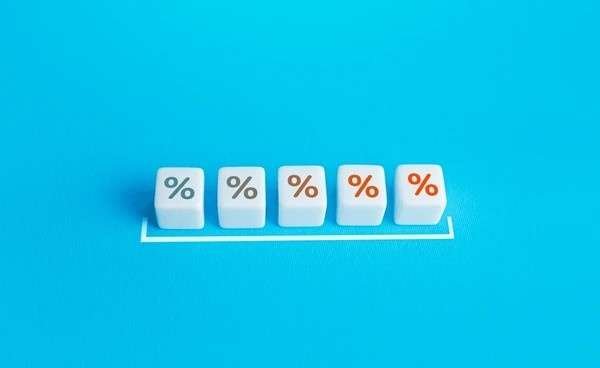The Central Bank Discount Rate refers to the interest rate at which commercial banks can borrow funds directly from a country’s central bank, typically as a means to meet short-term liquidity needs or to manage reserve requirements.
Table of Contents
1. Definition and Purpose
- Definition: The Central Bank Discount Rate, also known as the discount rate or base rate, is the interest rate charged by a central bank on loans extended to commercial banks and other financial institutions.
- Purpose: It serves as a monetary policy tool to influence the supply of money and credit in the economy, regulate inflation, and stabilize financial markets.
2. Role in Monetary Policy
Setting and Adjustment:
- Monetary Policy Tool: Central banks use the discount rate to signal their stance on monetary policy. Lowering the rate encourages borrowing and spending, stimulating economic activity. Raising the rate has the opposite effect, curbing inflation and cooling down the economy.
- Policy Adjustments: Central banks periodically review and adjust the discount rate based on economic indicators such as inflation rates, economic growth, employment levels, and financial market conditions.
3. Calculation and Implementation
Mechanics of Discount Rate:
- Benchmark Rate: It typically serves as a benchmark for interest rates in the financial system. Commercial banks may use the discount rate as a reference when setting their own lending rates to businesses and consumers.
- Lending Terms: Loans extended at the discount rate are usually short-term and intended to meet temporary liquidity needs or reserve requirements mandated by the central bank.
4. Example of Central Bank Discount Rate
Practical Application:
- Federal Reserve (Fed): In the United States, the Federal Reserve sets the discount rate. It offers three discount windows: primary, secondary, and seasonal. Commercial banks can borrow funds from these windows at different rates based on their needs and the prevailing economic conditions.
- European Central Bank (ECB): The ECB sets the Marginal Lending Facility rate, which is akin to the discount rate, to provide overnight liquidity to eurozone banks at a higher cost than regular refinancing operations.
5. Impact and Implications
Economic Effects:
- Credit Conditions: Changes in the discount rate influence credit conditions in the economy. Lower rates make borrowing cheaper, encouraging consumer spending and business investment.
- Inflation Control: Central banks raise the discount rate to control inflation by reducing the money supply and cooling down an overheated economy.
- Financial Stability: Maintaining an appropriate discount rate helps stabilize financial markets by ensuring liquidity and confidence among banks.
6. Challenges and Considerations
Challenges in Monetary Policy:
- Market Expectations: The effectiveness of the discount rate can be influenced by market expectations and reactions. Expectations of future rate changes can impact current economic behavior.
- International Impacts: Changes in the discount rate can affect international capital flows, exchange rates, and global financial market stability.
- Policy Transparency: Central banks communicate their discount rate decisions transparently to manage market expectations and ensure clarity in monetary policy direction.
7. Conclusion
The Central Bank Discount Rate plays a critical role in shaping monetary policy and managing economic conditions. By adjusting this rate, central banks influence borrowing costs, credit availability, and economic growth. Understanding how the discount rate operates helps businesses, policymakers, and investors anticipate changes in interest rates and navigate economic cycles effectively. It serves as a key tool in maintaining price stability and supporting sustainable economic growth in modern financial systems.





